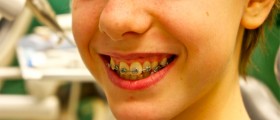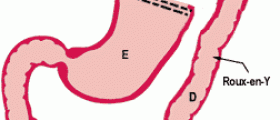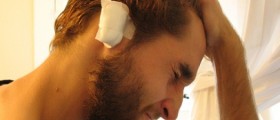
Hypospadias is state where the end of the channel that leads the urine from the bladder through the penis and out of the body (urethra) does not emerge at the tip of the penis. This state is present in one out of two hundred boy newborns. It has not been determined what causes this condition and it is assumed that an isolated inborn defect, unrelated to other possible defects, causes it.
In most cases of hypospadias, urethra emerges on the surface of the head of the penis (glans) or just below the glans. In severe cases, urethra terminates further down the shaft of the penis and even in the scrotum. Hypospadias is also related to the condition in which the penis is curved downward, and severity of the curvature is directly related to severity of hypospadias.
Hypospadias is usually associated with an incomplete foreskin and such cases are detected immediately at birth, while cases of hypospadias where the foreskin is fully developed may be discovered later in life.
Reasons for surgical correction
Rare cases of hypospadias do not require surgery. These are usually cases where there are no functional problems and no cosmetic concerns. However, a majority of cases should be treated for functional reasons, such as daily routine complications arising from abnormal direction of urinary flow and possible sexual problems arising from unnatural curvature of the penis. Cosmetic concerns are related to abnormally looking penis in comparison to other people's penis, which may cause later psychological problems in person affected by the condition.
Primary goal of the surgery is to relocate the opening of the urethra to the tip of the glans, which requires creation of missing urinary canal, correction of penis' curvature and creation of normally looking penis.
Surgery in least complicated cases is performed routinely and in a single stage, while more complicated cases may require two, three or more surgeries. Recent advances in surgical techniques have increased the percentage of successful single operations to more than 90, while more complicated cases, which require two or more surgeries, have lower success rates.Surgery is usually carried out at six to twelve months after birth.
Surgery of each patient, including treatment prior to and after the surgery, shall probably have its own specificities and physician's advice and recommendations on postoperative treatment, such as dressing and bathing instructions and medication procedures must be followed.
Complications
In postoperative period, a physician should be contacted if there is continuous bleeding from the surgery site, temperature rises to above 102F, penis or urine emanate a foul smell or if there is pus-like or foul-smelling drainage from the wound, and if the child does not urinate within 4-8 hours of stent (a small tube around which the added urethra is formed) removal.

















Your thoughts on this
Loading...